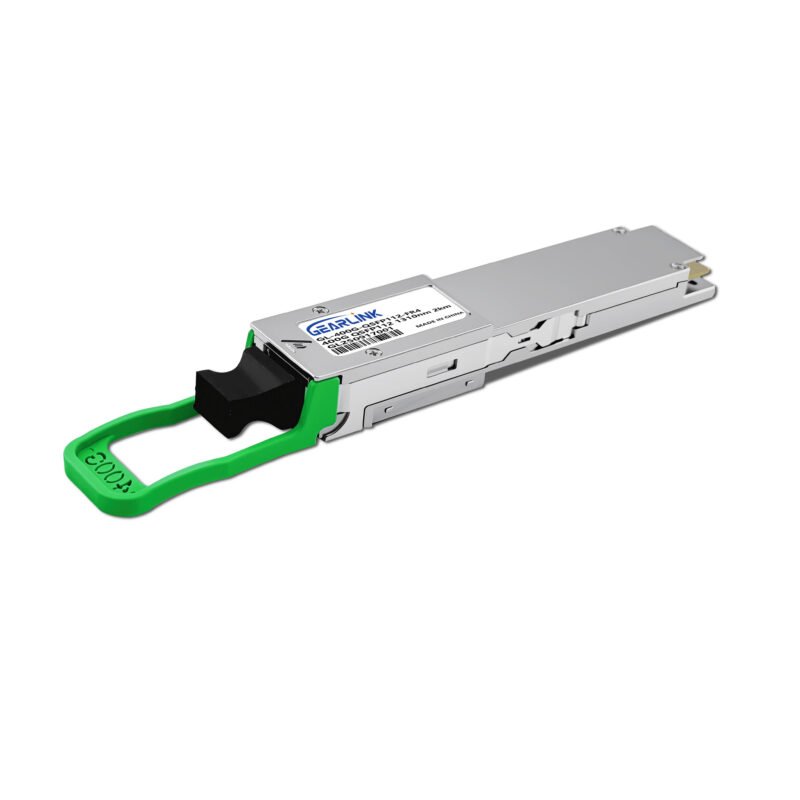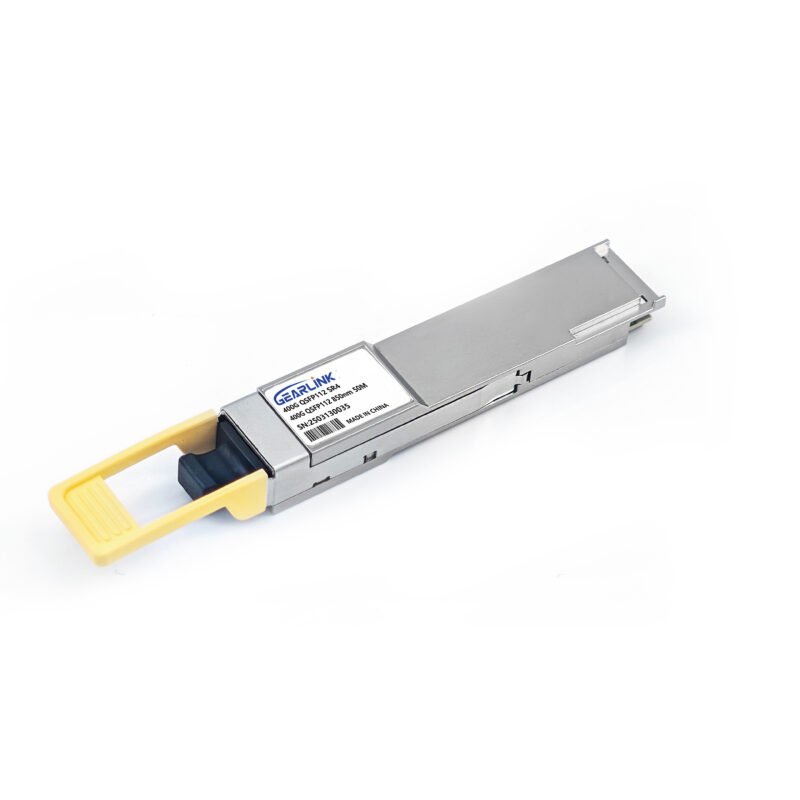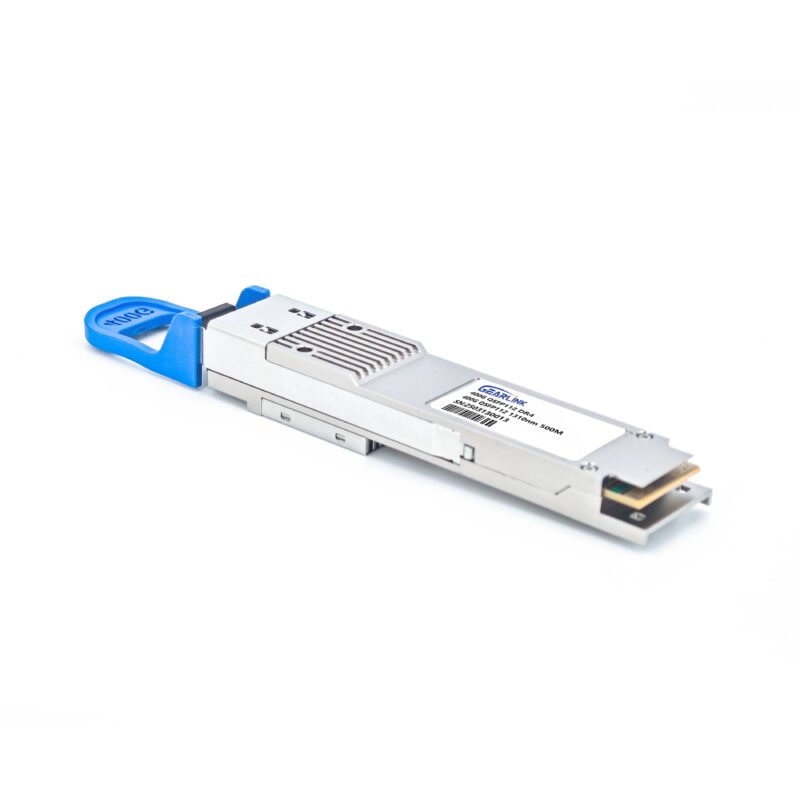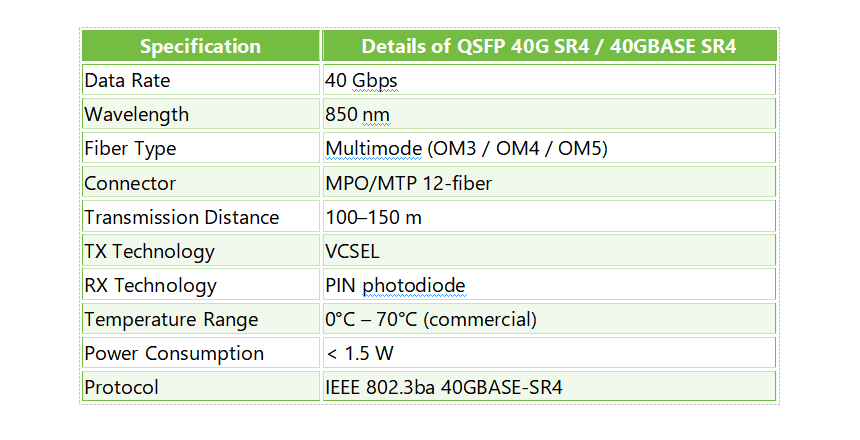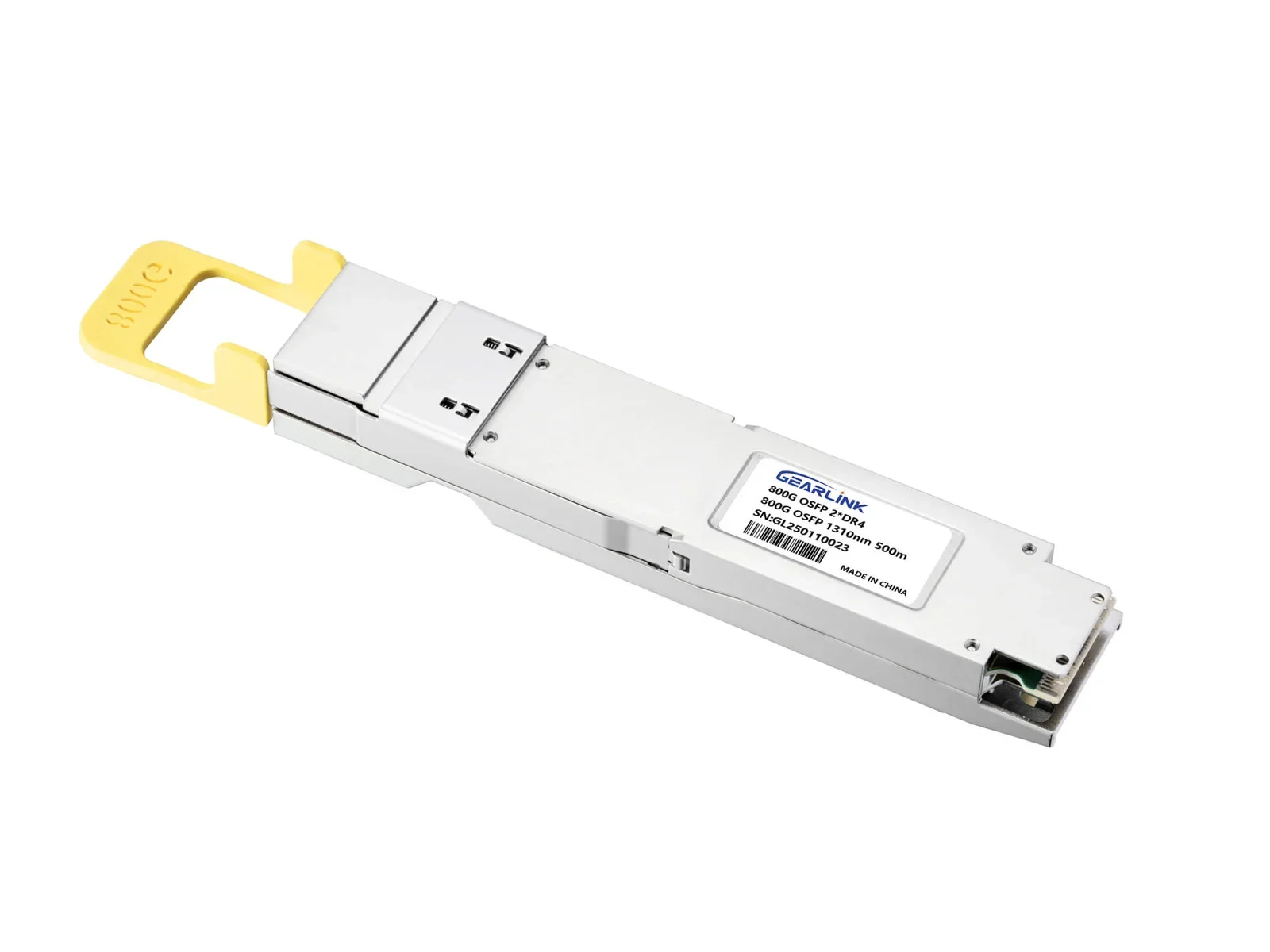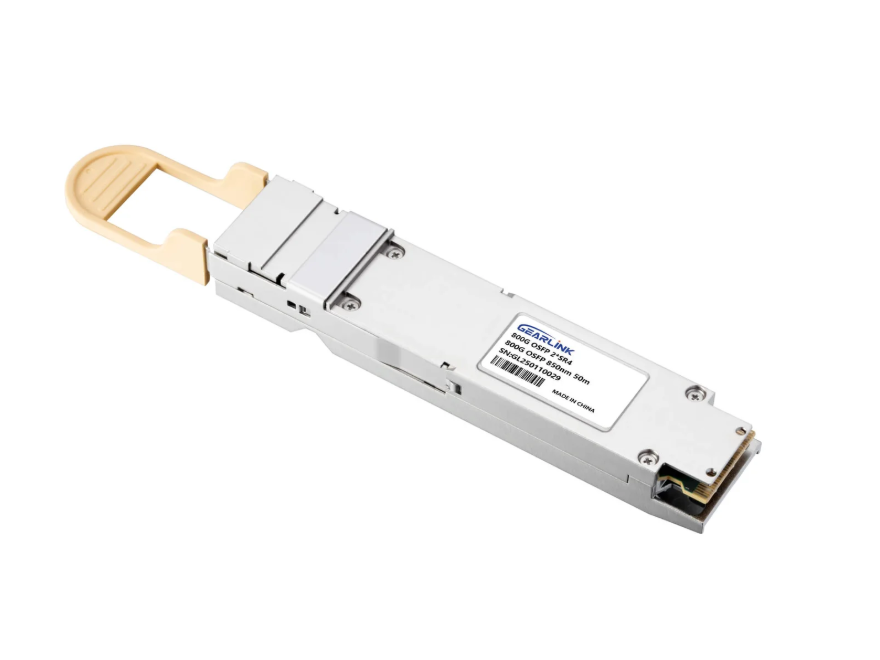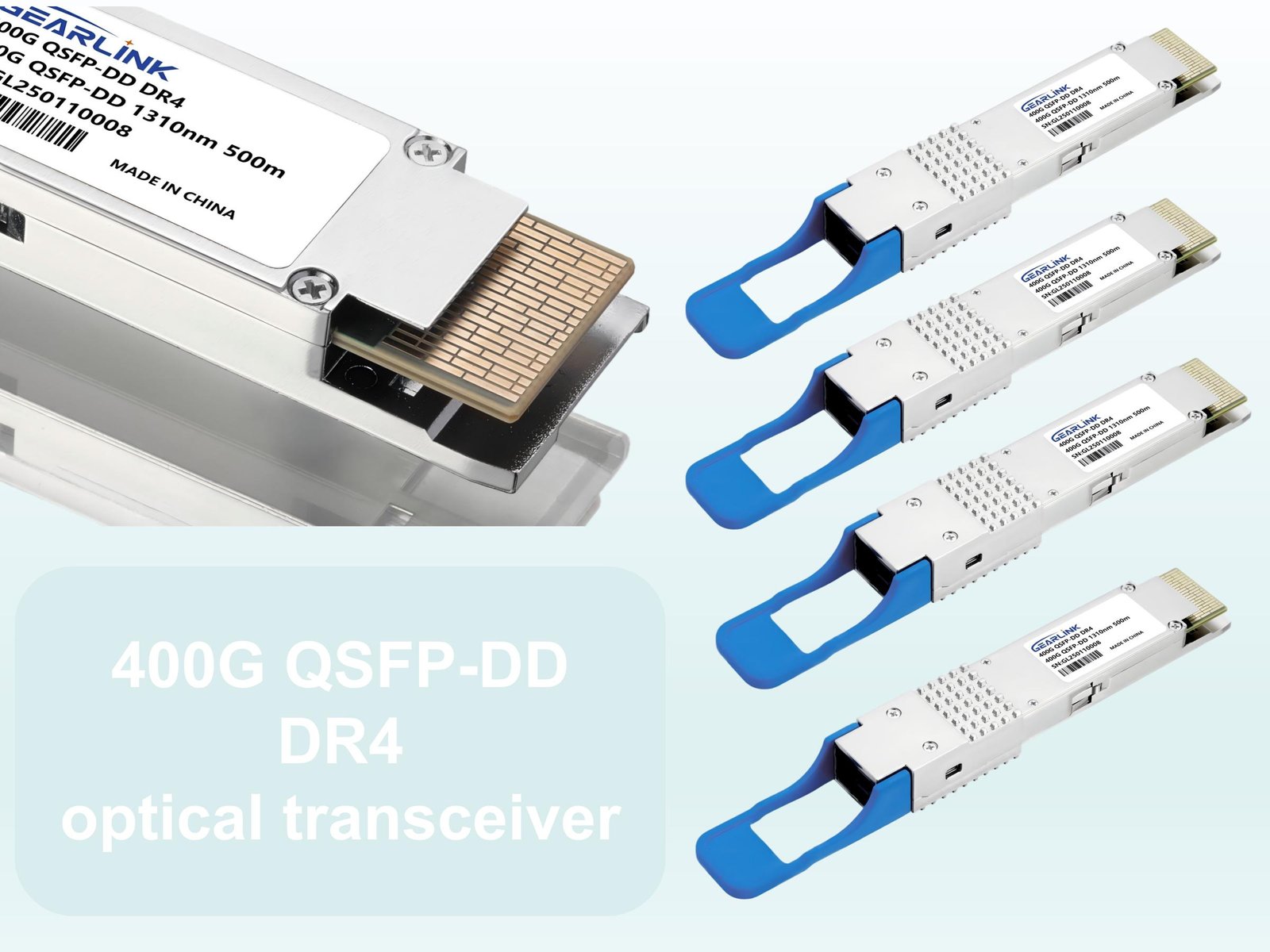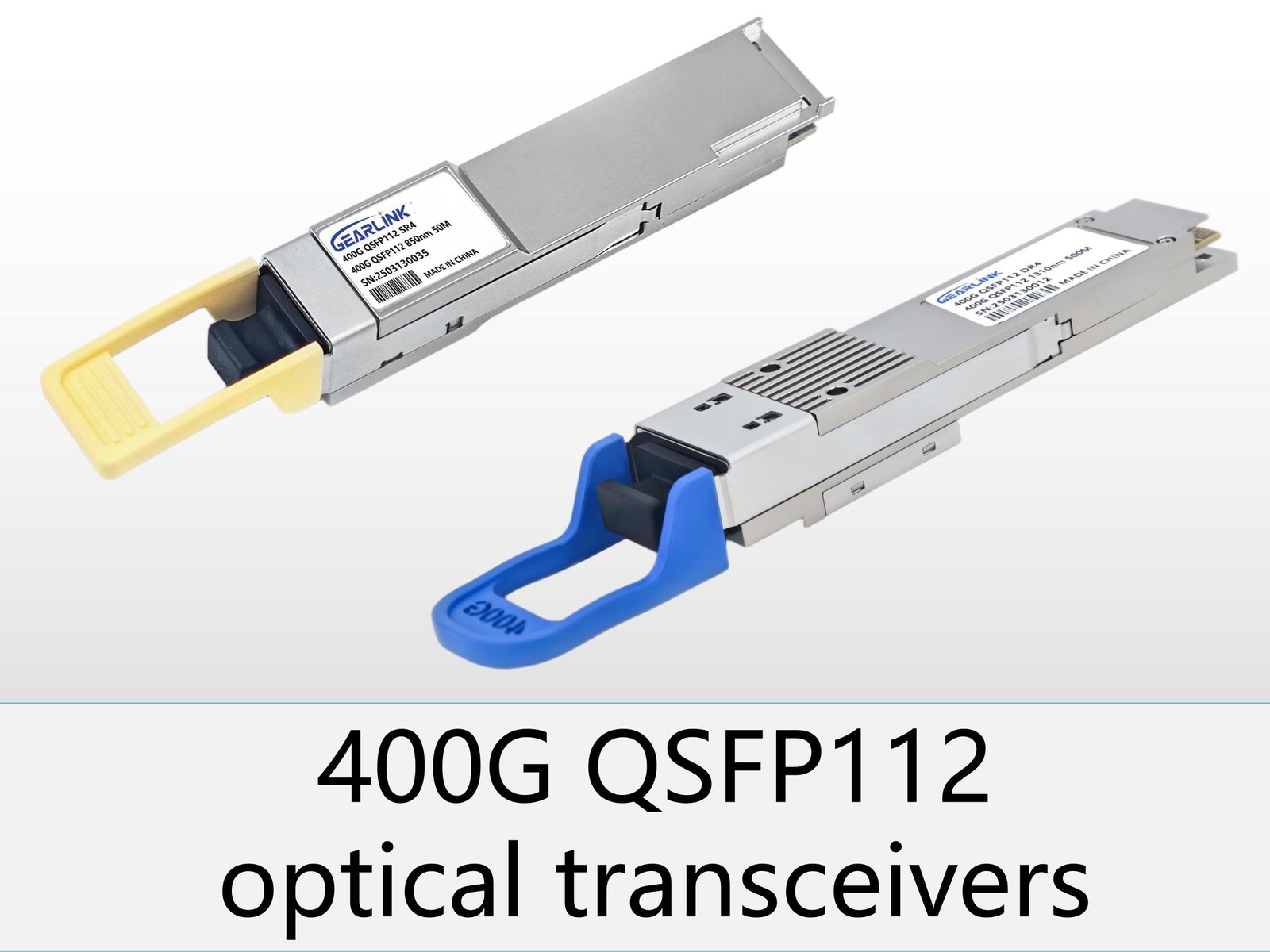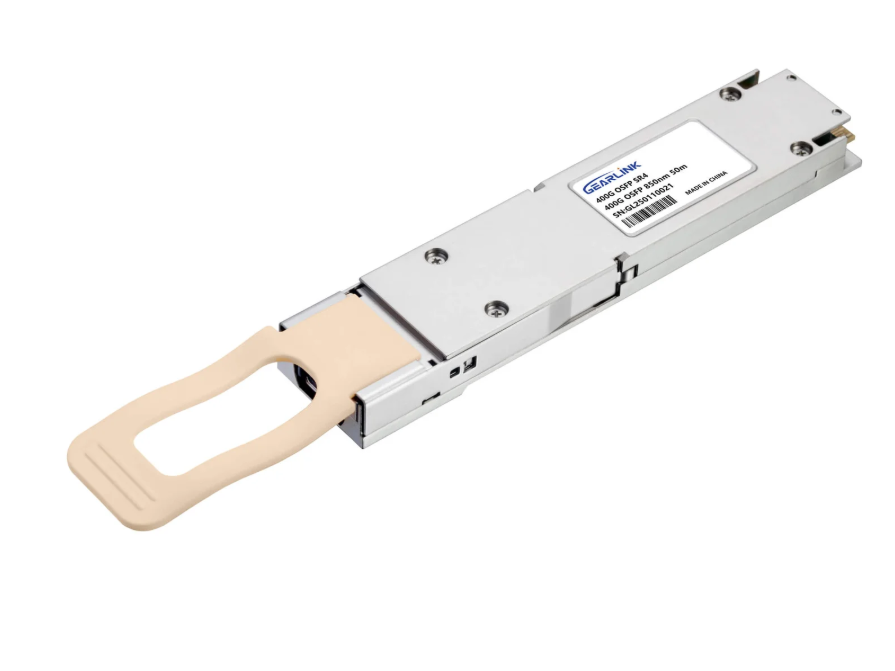The relentless growth of data, driven by cloud computing, AI, and big data analytics, has put immense pressure on data centers to scale their networks. This constant demand for higher bandwidth is pushing the boundaries of what is possible with existing infrastructure. For many years, the industry has relied on the QSFP family of optical transceivers, and as we transition to the 400G era, a new champion has emerged to address these challenges: the 400G QSFP112 MSA. This article will delve into what the 400G QSFP112 MSA is, its unique characteristics, and why it is a compelling solution for the future of cloud connectivity.
At its core, the 400G QSFP112 MSA (Multi-Source Agreement) defines a new generation of pluggable optical modules. It is an evolution of the widely adopted QSFP form factor, leveraging its proven design and backward compatibility. The key innovation lies in its use of 100Gbps PAM4 signaling on each of its four electrical lanes, a significant step up from the 50Gbps per lane used in earlier 400G modules like QSFP56-DD. This advancement allows a total data rate of 400Gbps to be achieved using only four optical lanes, simplifying the module’s internal structure and, in turn, its power consumption and cost. For network operators and engineers, this presents a streamlined and efficient pathway to upgrade their existing 100G and 200G networks.
The Technological Leap: Why 400G QSFP112 is a Game-Changer
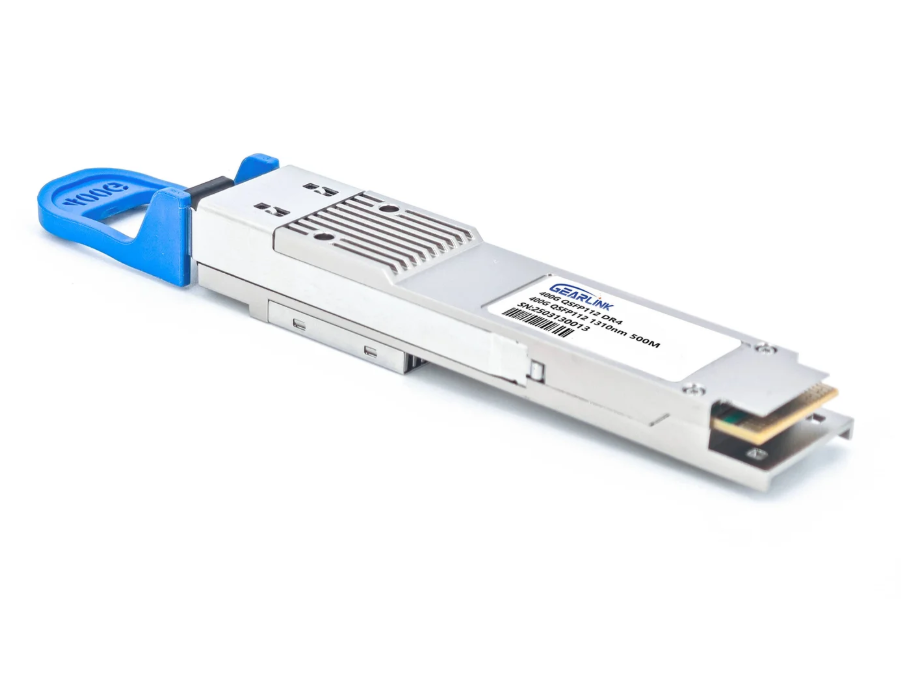
The shift to the 400G QSFP112 MSA is not merely an incremental upgrade; it represents a strategic technological leap in optical connectivity. This is particularly evident when we compare it to other 400G form factors, such as QSFP-DD and OSFP. The primary distinction of the 400G QSFP112 MSA is its direct path to 400G without the need for eight lanes of 50G PAM4. This has several profound implications for optical module users, especially those managing large-scale cloud and data center networks.
Firstly, by utilizing four lanes instead of eight, the complexity of the optical and electrical components is dramatically reduced. This leads to lower power consumption, a critical factor for hyperscale data centers where every watt counts. Less power consumption translates directly to lower operational expenditure (OpEx) and improved thermal management, allowing for higher port density in a given switch chassis. In a world where data center real estate is at a premium, this ability to pack more ports into a single rack unit is a significant advantage. The reduction in component count also lowers the cost of the module itself, leading to a more favorable cost-per-bit metric.
Secondly, the 400G QSFP112 MSA maintains the familiar QSFP form factor, ensuring a high degree of backward compatibility. Network engineers can integrate these new modules into their existing QSFP-DD-compatible switches and infrastructure. This seamless transition is a major benefit, as it avoids the need for a complete rip-and-replace of networking equipment. This reduces both capital expenditure (CapEx) and the complexity of network upgrades, making it an attractive option for companies looking to scale their networks without significant disruption. The ability to reuse existing fiber infrastructure, particularly in intra-data center environments, further solidifies its value proposition.
Applications in the Cloud and Data Center Ecosystem
The value of the 400G QSFP112 MSA truly shines in its specific applications within the cloud and data center ecosystem. Its design is tailored for high-speed, short-to-medium-reach interconnects, which form the backbone of modern data centers.
One of the most prominent use cases is in high-density rack-to-rack and leaf-spine architectures. As servers become more powerful and generate more data, the bandwidth between racks must keep pace. A 400G QSFP112 module, such as a DR4 or SR4, provides the ideal solution for connecting servers and switches within a data center. The high throughput per port minimizes the number of required links, simplifying cable management and reducing overall network complexity. Furthermore, the low latency of these modules is crucial for applications that require quick and efficient data transfer, such as AI/ML clusters and high-performance computing (HPC).
Beyond traditional data center applications, the 400G QSFP112 MSA is also making inroads into the telecommunications sector. As 5G technology continues to expand, it places a heavier load on network backhaul infrastructure. These modules can be used to upgrade the capacity of metro and access networks, ensuring that data can be transmitted from the edge of the network to the core with minimal bottlenecks. This is a critical step in building the robust, high-capacity networks required for the future of connected devices and services.
The flexibility of the 400G QSFP112 MSA is further demonstrated by the variety of modules available, including SR4, DR4, and FR4 versions, which cater to different fiber types and reach requirements. The SR4 modules, for example, are optimized for short-reach applications over multimode fiber, while DR4 and FR4 modules are designed for longer distances over single-mode fiber. This versatility allows network architects to select the right module for each specific application, optimizing both performance and cost.
The Path Forward: Challenges and Future Outlook
While the 400G QSFP112 MSA offers a compelling solution, it’s important to acknowledge the challenges and consider the future trajectory. The key challenge lies in the high-speed signaling itself. Pushing 100Gbps per lane requires meticulous engineering to maintain signal integrity and manage thermal dissipation. The higher signaling rate can make the modules more susceptible to noise and signal degradation, necessitating advanced digital signal processing (DSP) and careful design of both the module and the host system.
Despite these engineering hurdles, the outlook for the 400G QSFP112 MSA is exceptionally positive. The industry is continuously innovating to overcome these challenges, developing more efficient and powerful DSPs and improving thermal management techniques. As a result, the cost and performance of these modules are expected to continue to improve, making them an even more attractive option for a wider range of applications.
Looking ahead, the 400G QSFP112 MSA serves as a bridge to even higher speeds. The underlying technology of 100G PAM4 per lane can be extended to 800G and beyond by simply doubling the number of lanes to eight, a path already established by the QSFP-DD form factor. This scalability ensures that investments made in 400G QSFP112 MSA technology today will remain relevant for the next generation of networking. It positions the QSFP family as the go-to standard for high-speed, high-density optical interconnects for years to come.
In conclusion, the 400G QSFP112 MSA is more than just a new optical module; it is a strategic enabler for next-generation cloud connectivity. Its ability to deliver 400G throughput with a simplified, four-lane design, along with its backward compatibility and low power consumption, makes it a superior choice for scaling modern data centers. As the demand for data continues its exponential rise, the 400G QSFP112 MSA provides a clear, cost-effective, and powerful solution, solidifying its place as a cornerstone of high-speed optical networking.
FAQ
Q: What is the main difference between 400G QSFP112 and 400G QSFP-DD? A: The main difference is the number of electrical lanes. 400G QSFP112 uses four lanes of 100G PAM4 signaling to achieve 400G, while 400G QSFP-DD uses eight lanes of 50G PAM4. This often results in the QSFP112 having lower power consumption and cost.
Q: Are 400G QSFP112 modules backward compatible with older QSFP modules? A: The physical QSFP112 module itself is not backward compatible with older QSFP ports. However, the QSFP112 form factor is designed to be accepted by QSFP-DD ports, which are backward compatible with older QSFP-DD, QSFP56, QSFP28, and QSFP+ modules.
Q: What are the primary applications of 400G QSFP112 modules? A: 400G QSFP112 modules are primarily used in cloud data centers, high-performance computing (HPC), and enterprise networks for high-density, short-to-medium-reach interconnects. They are ideal for connecting switches within a rack or between adjacent racks.
Q: Does Optictran.com offer 400G QSFP112 optical modules? A: Yes, Optictran.com provides a comprehensive range of high-quality 400G QSFP112 optical modules and related connectivity solutions tailored for data center and cloud applications. Please visit our website for more information on available products and specifications.
